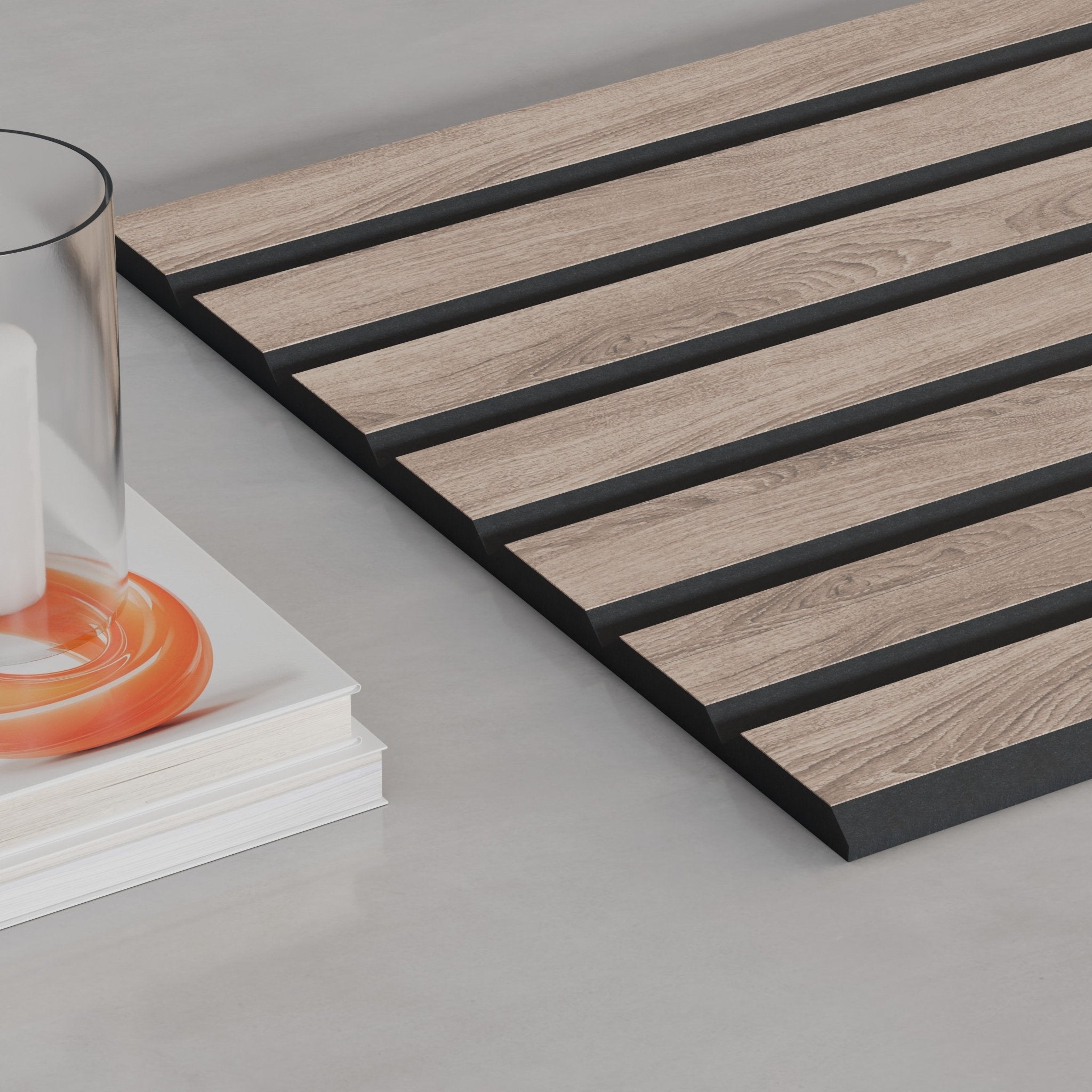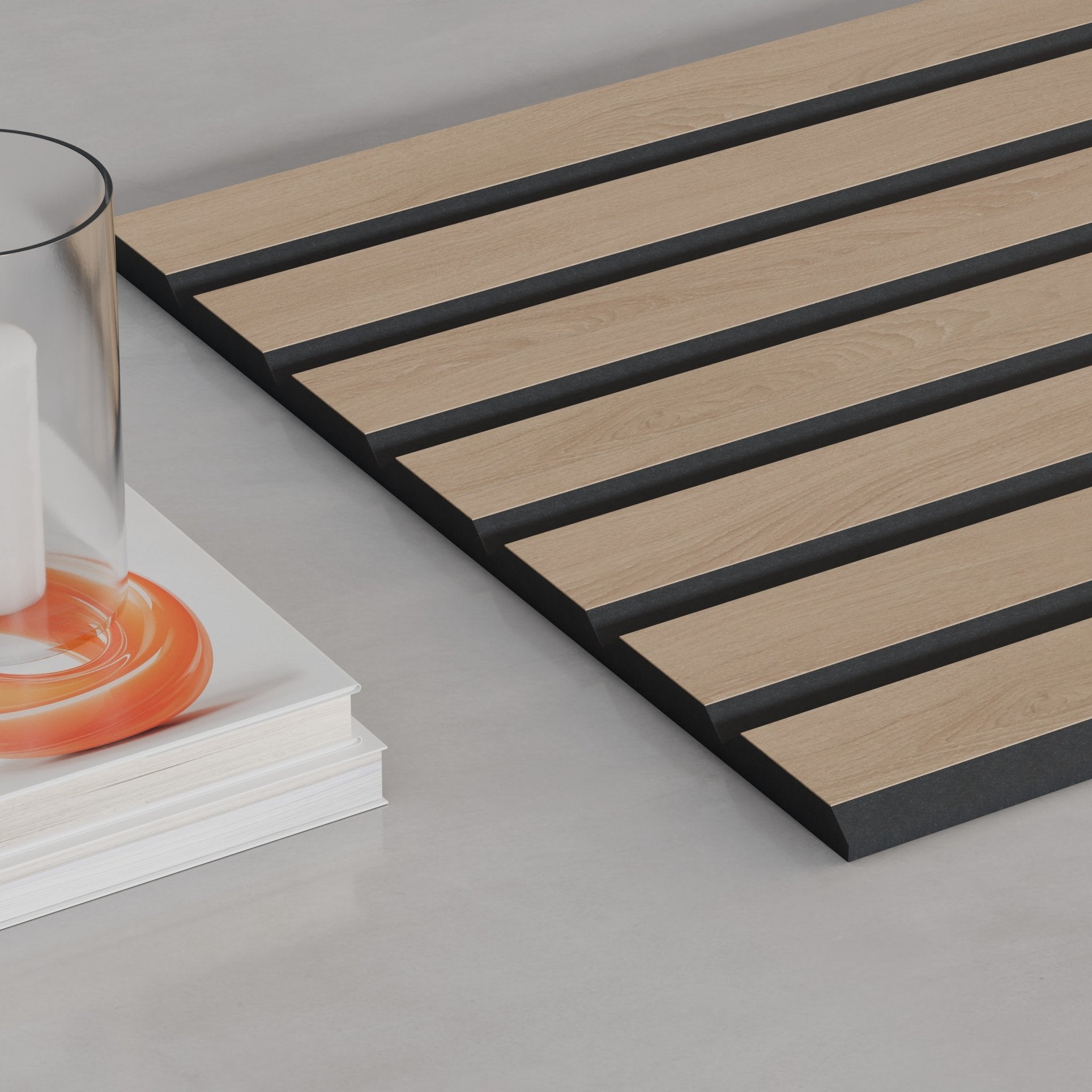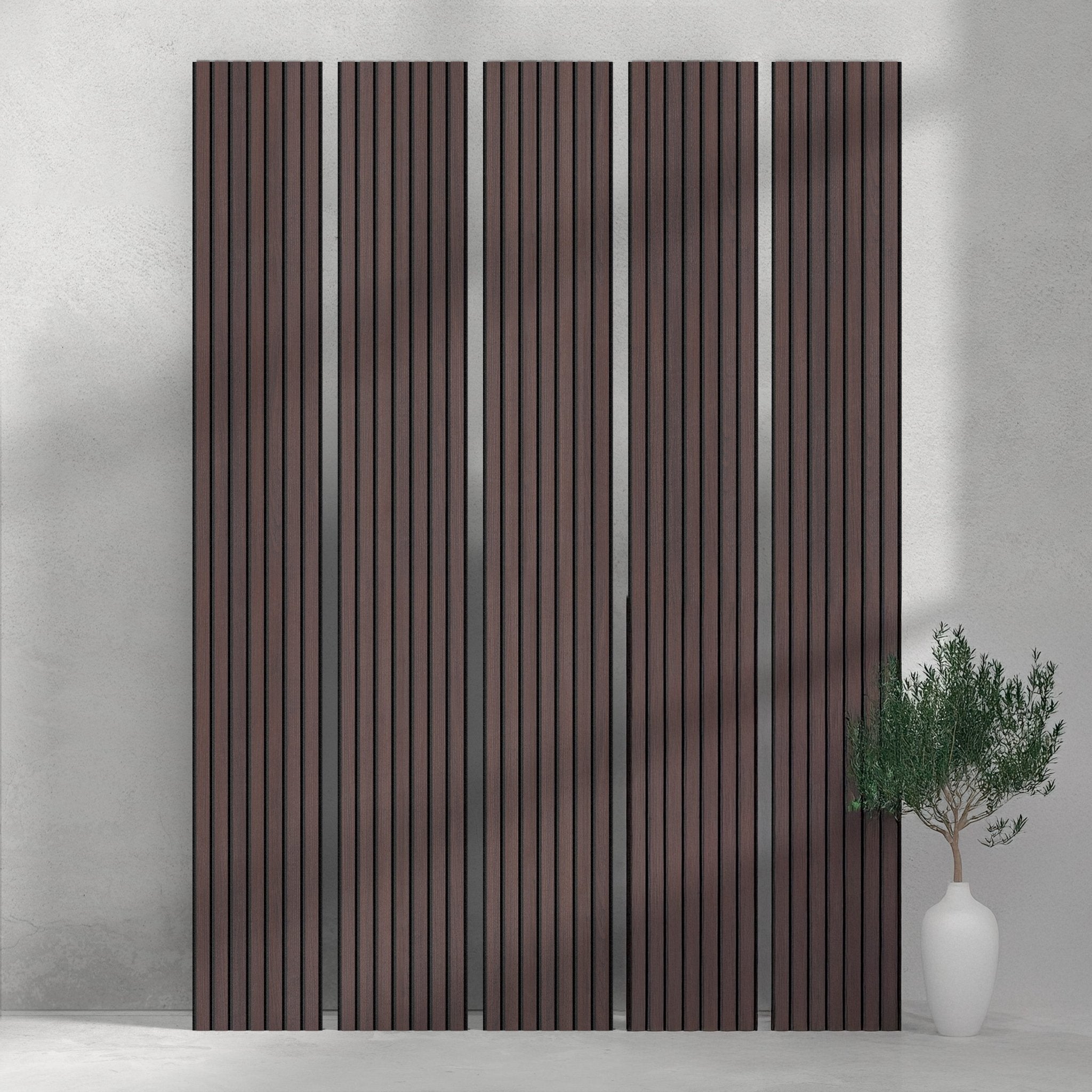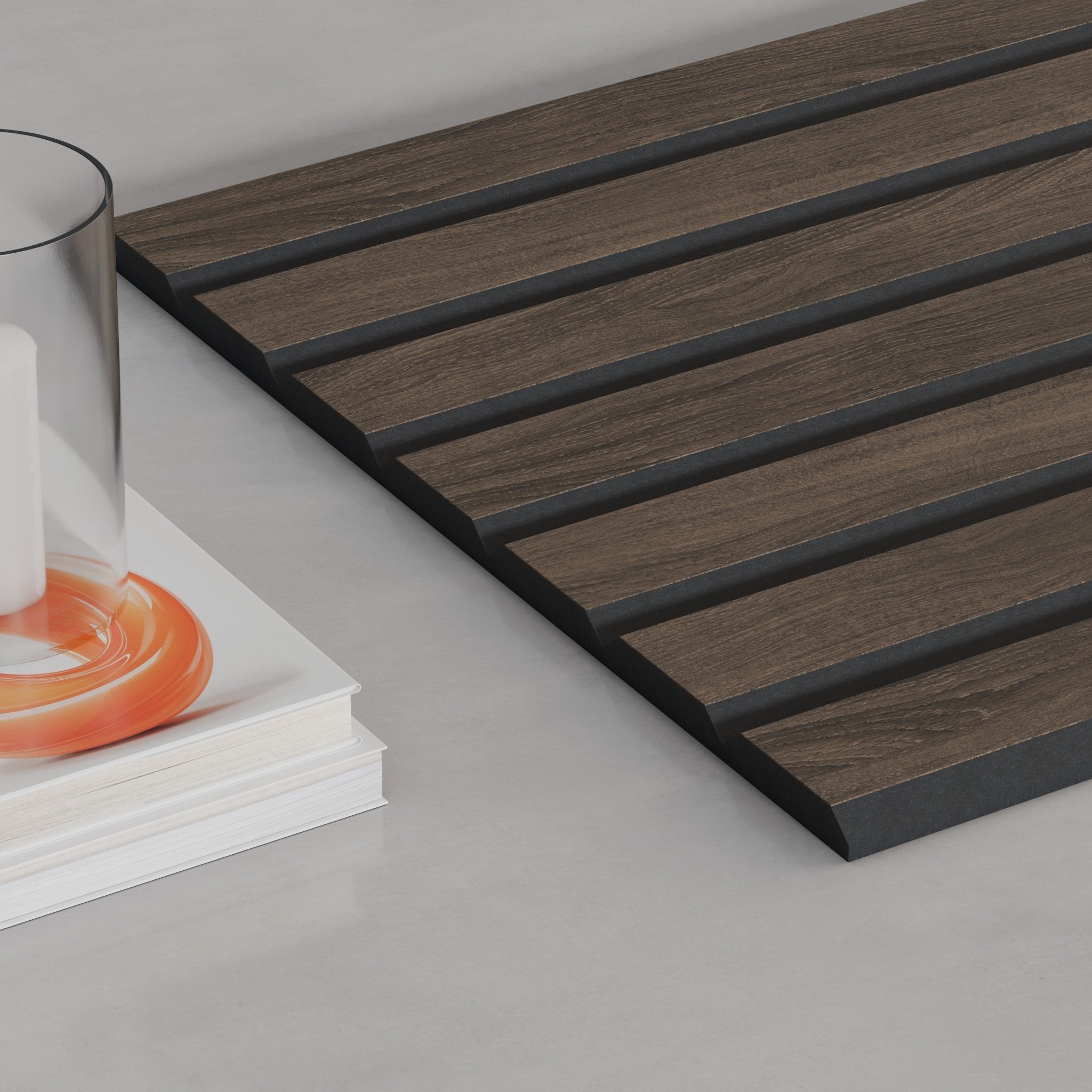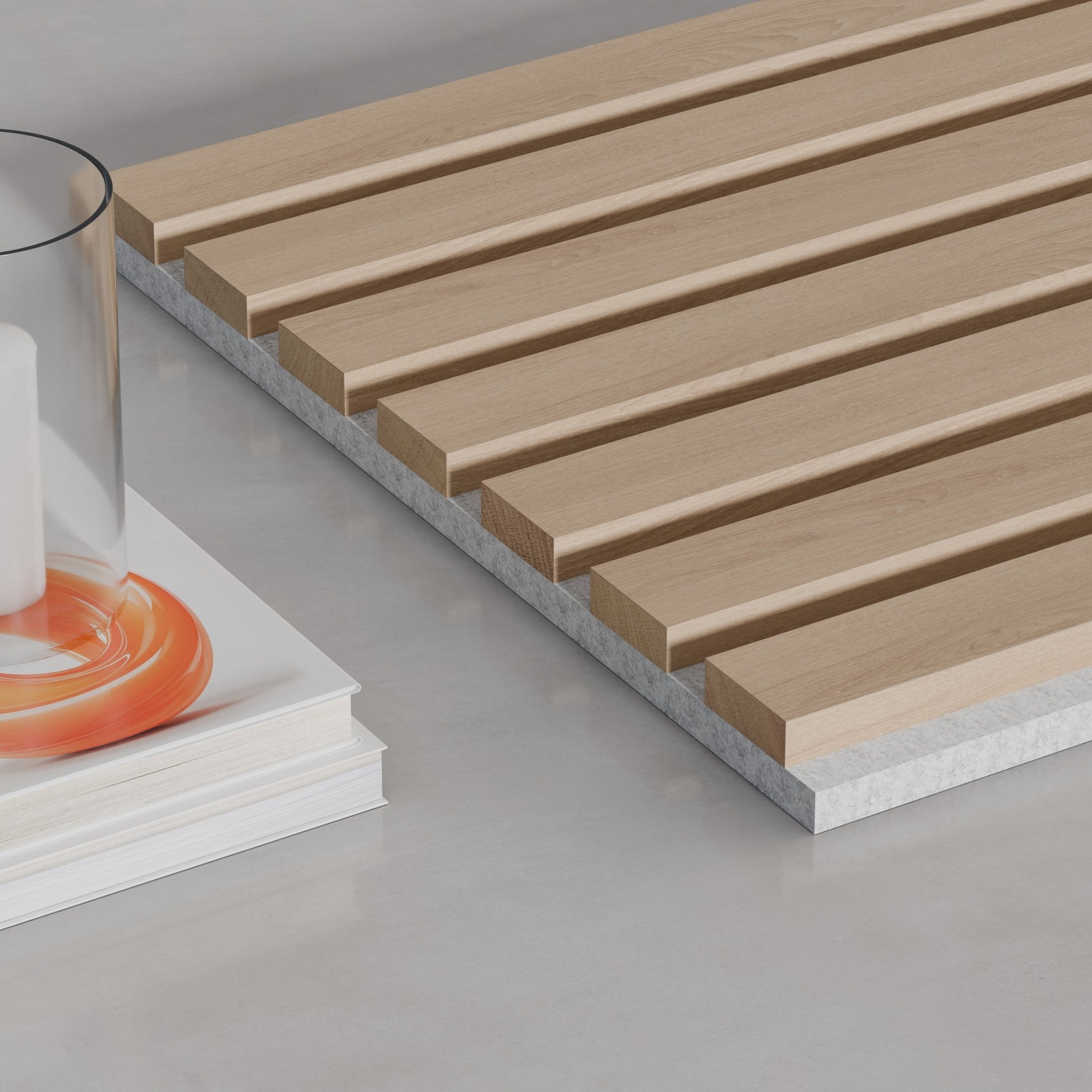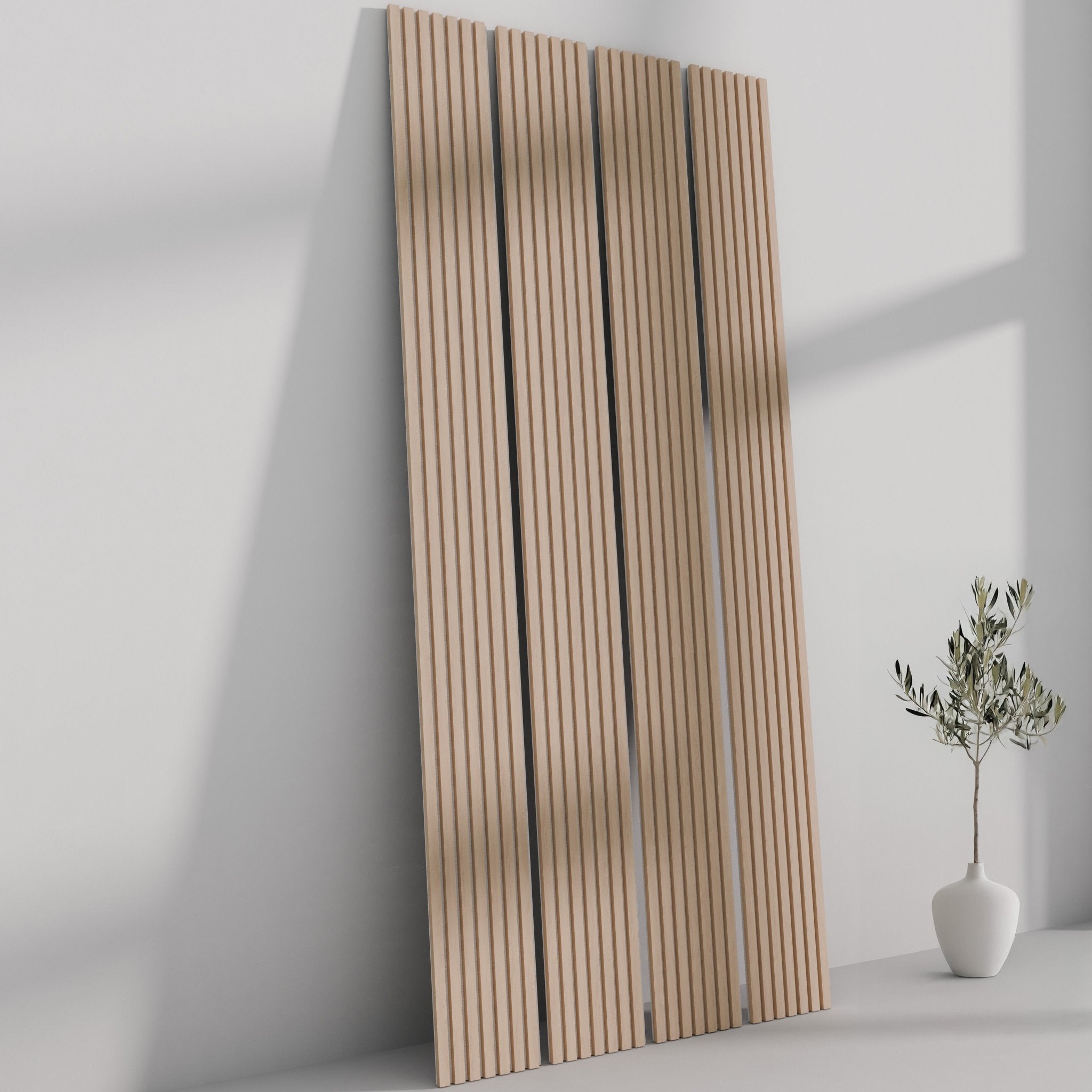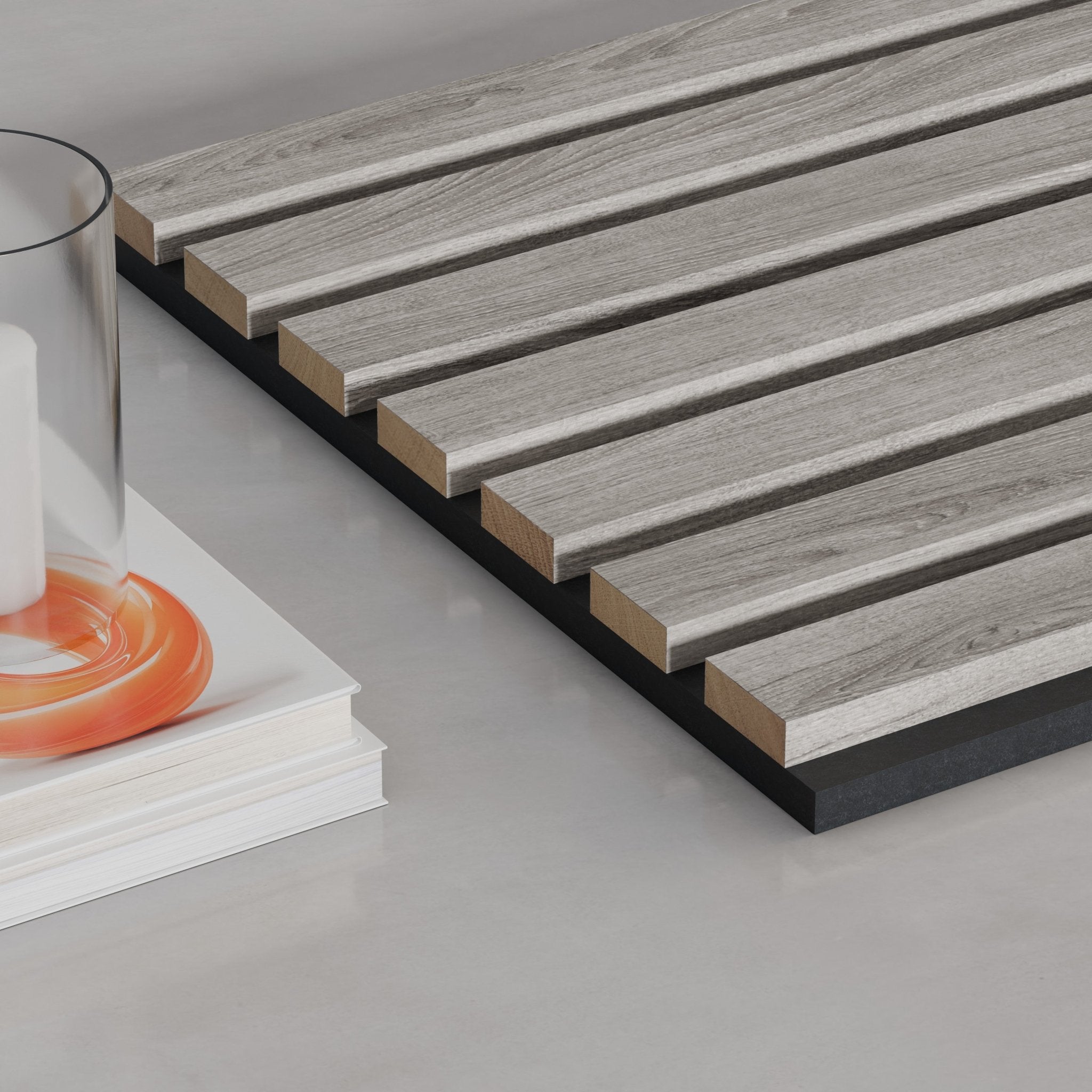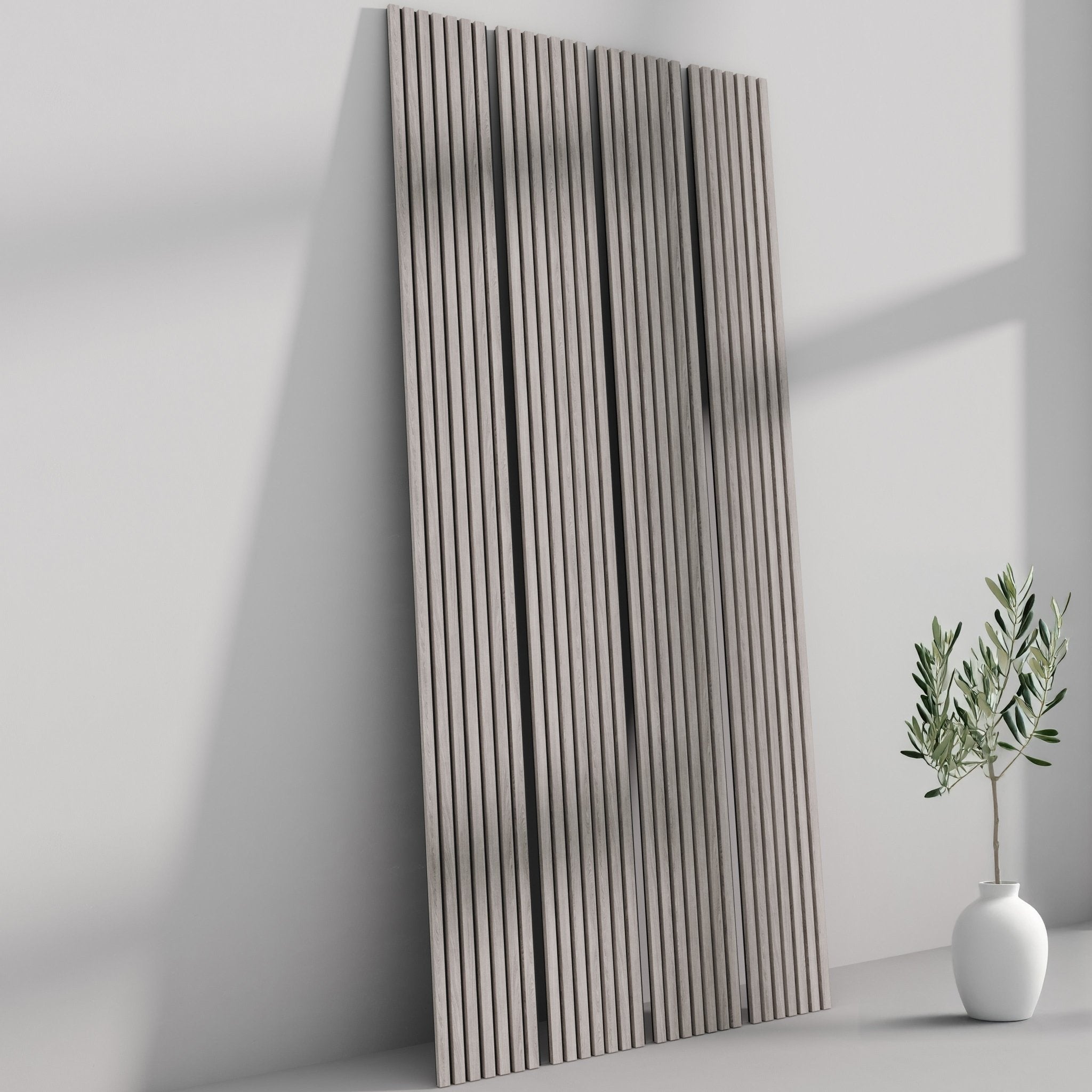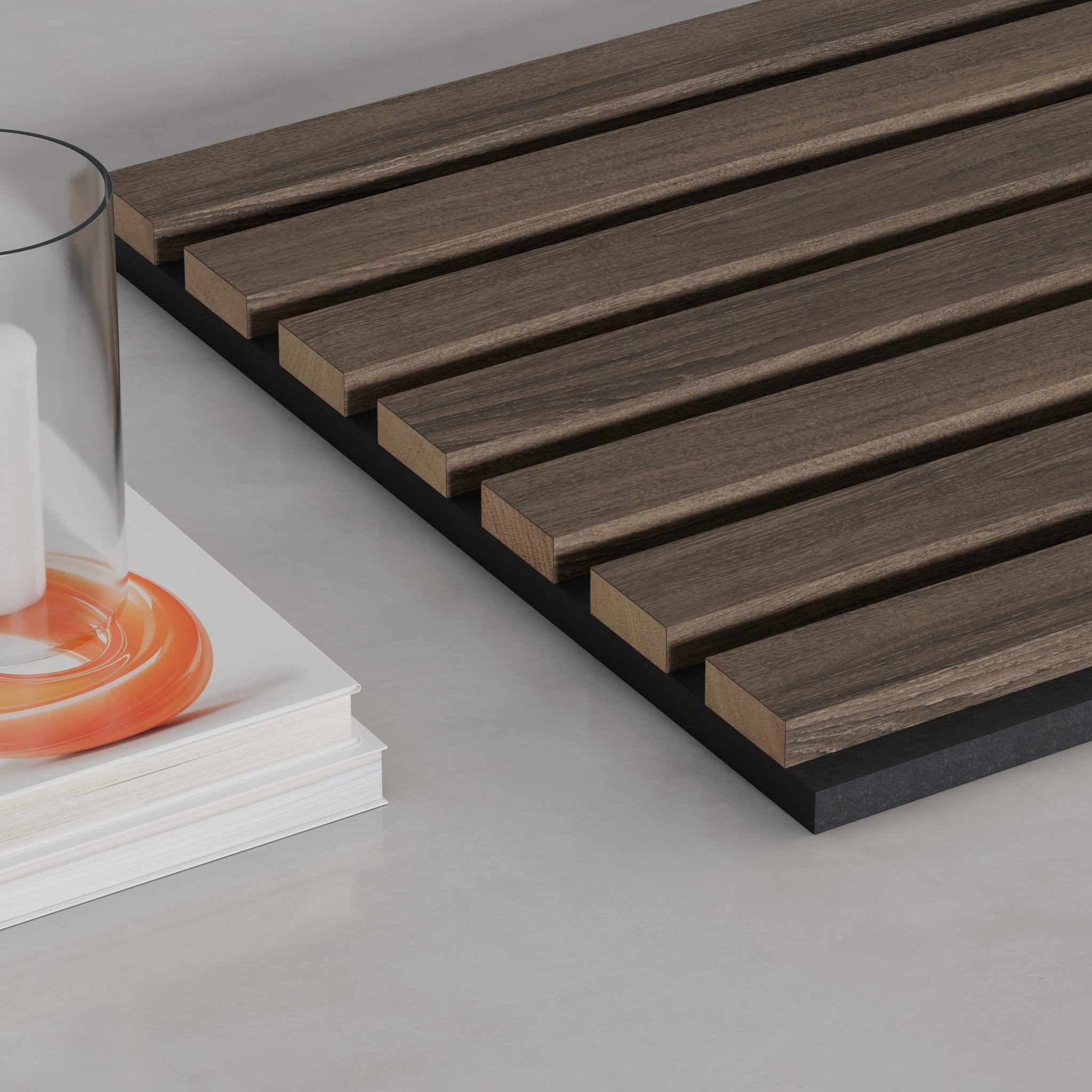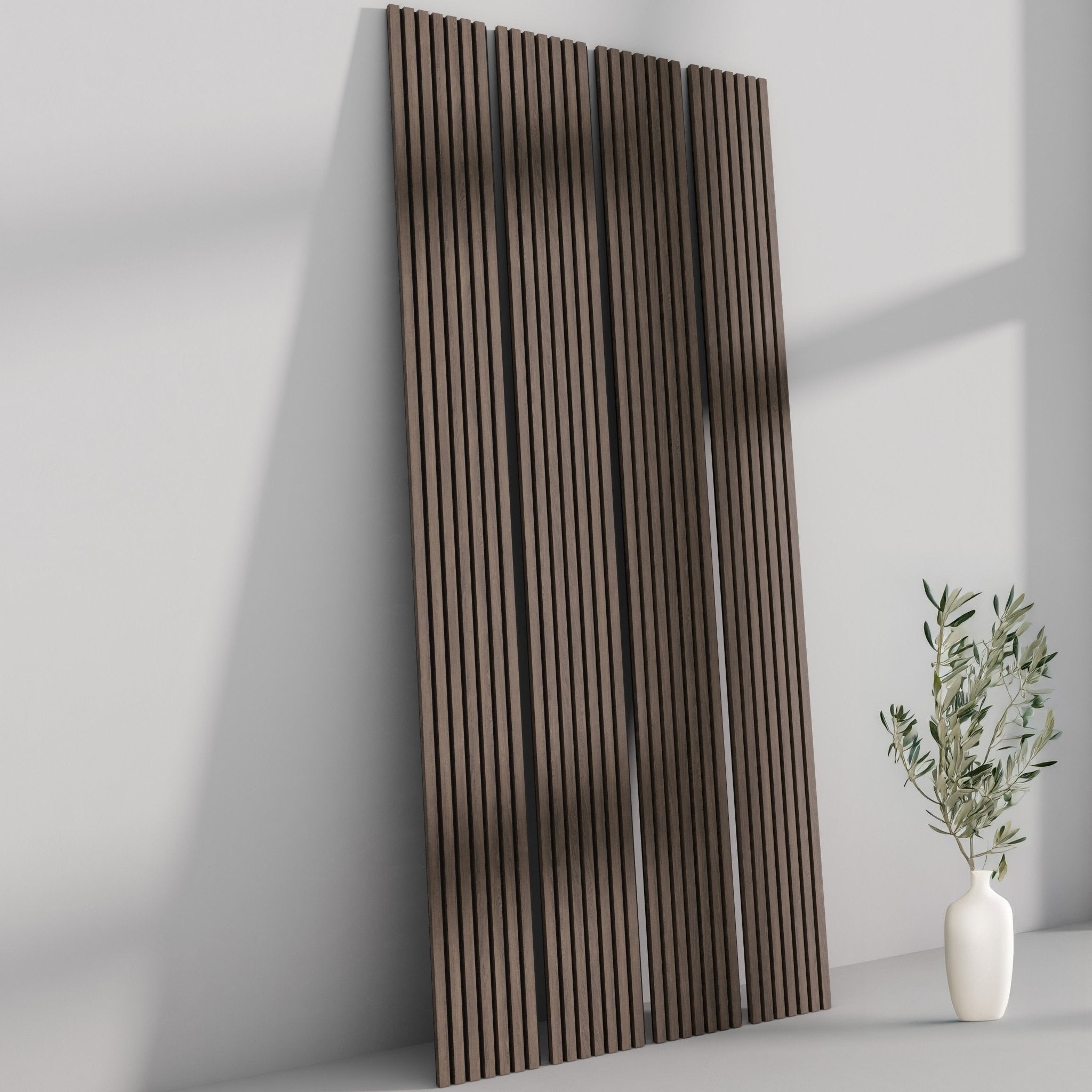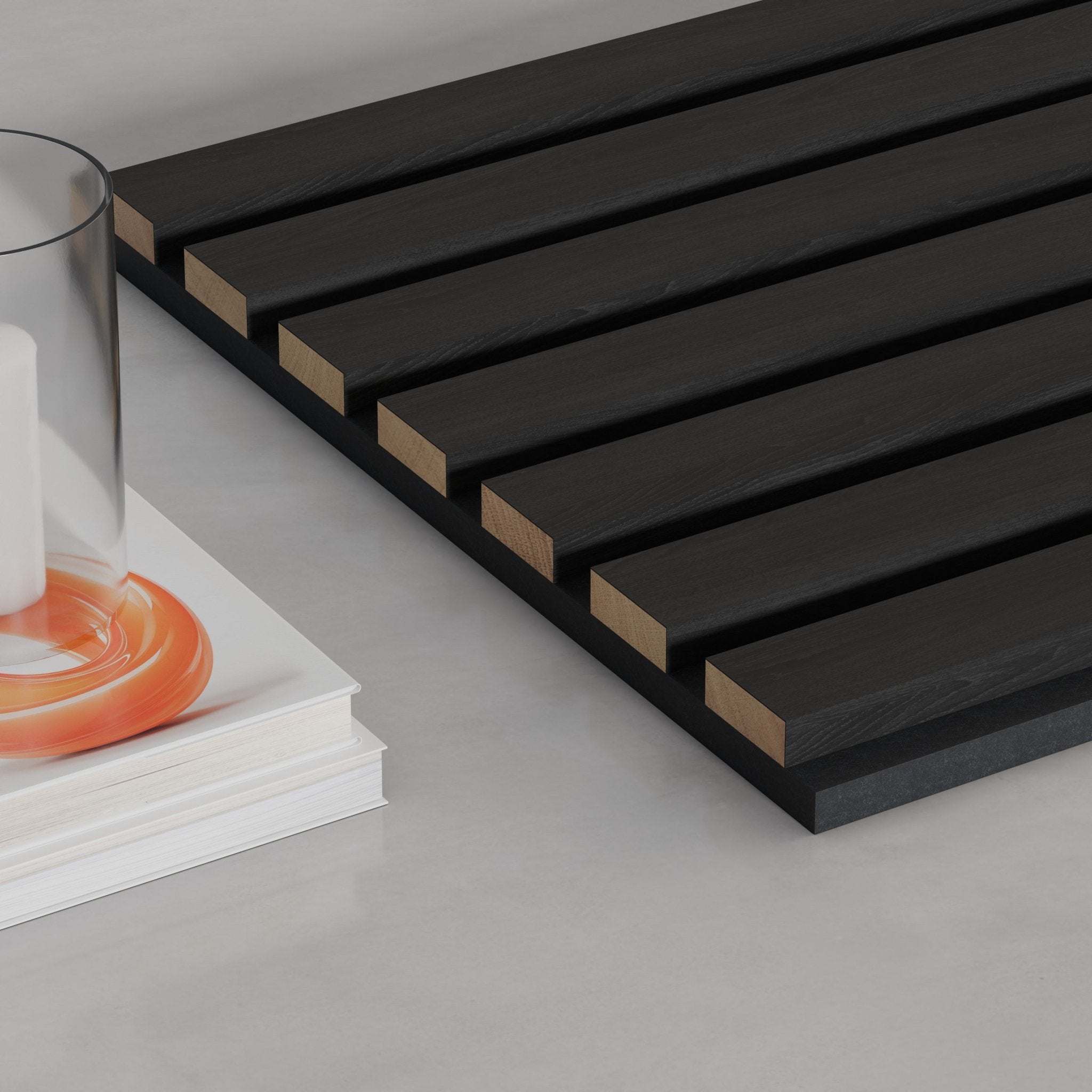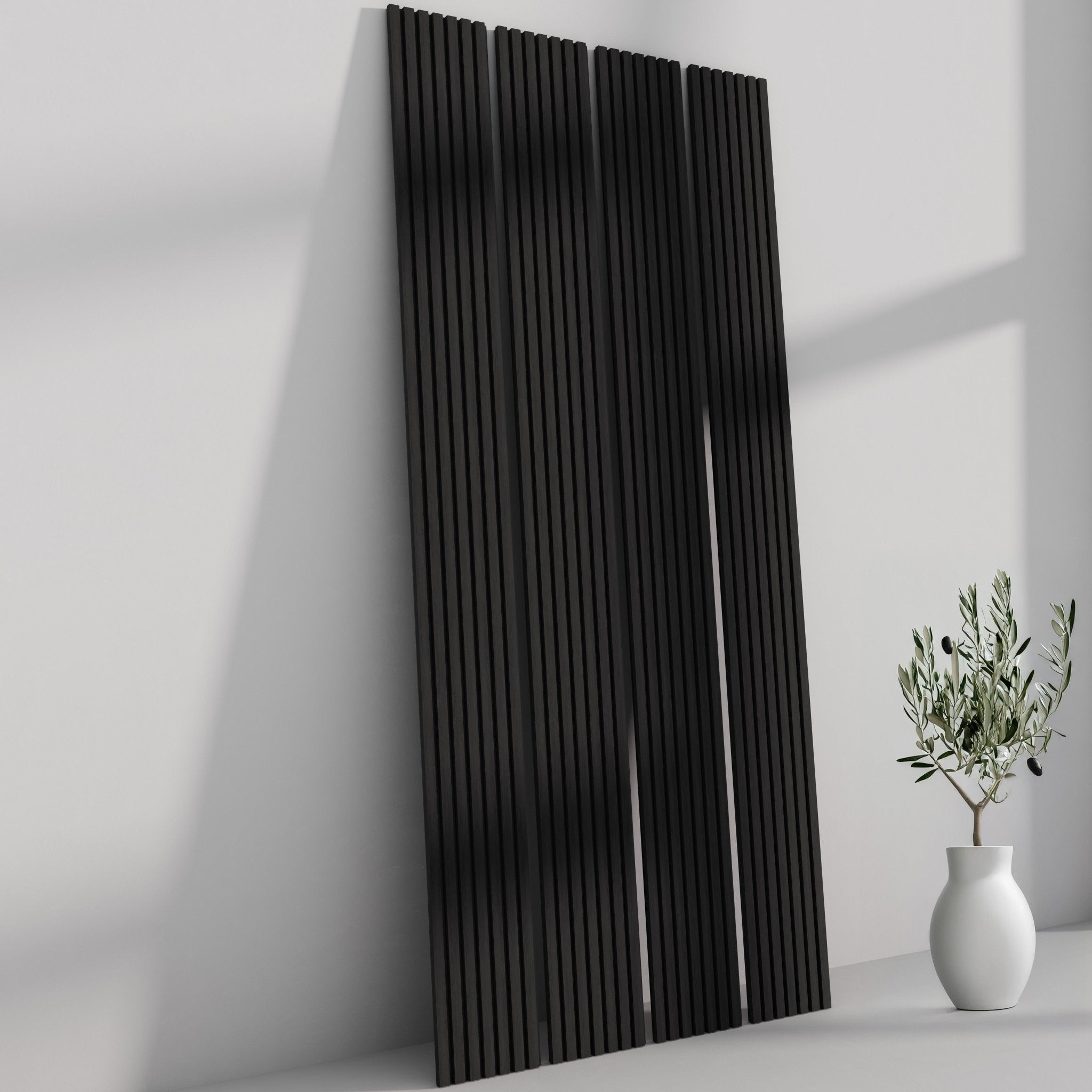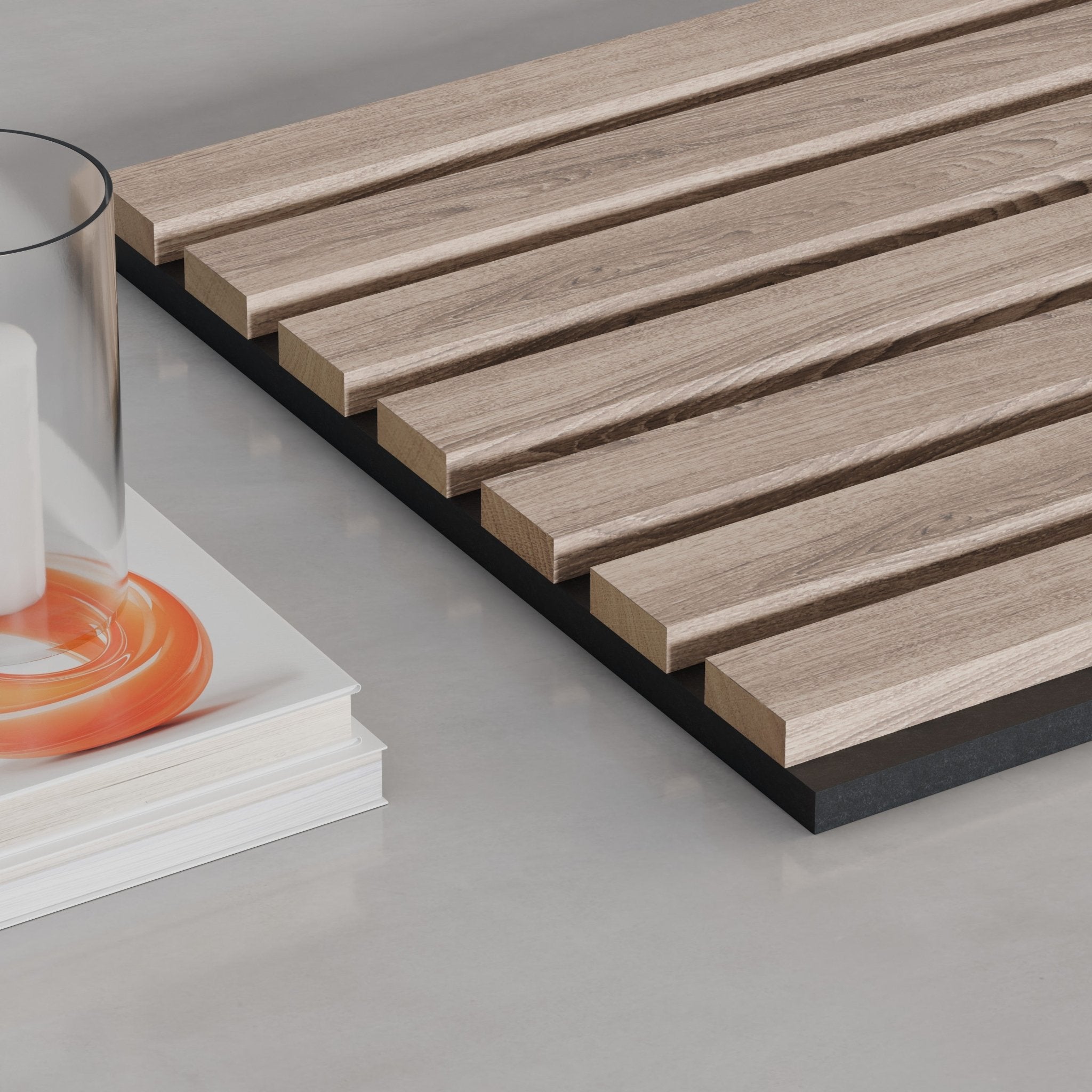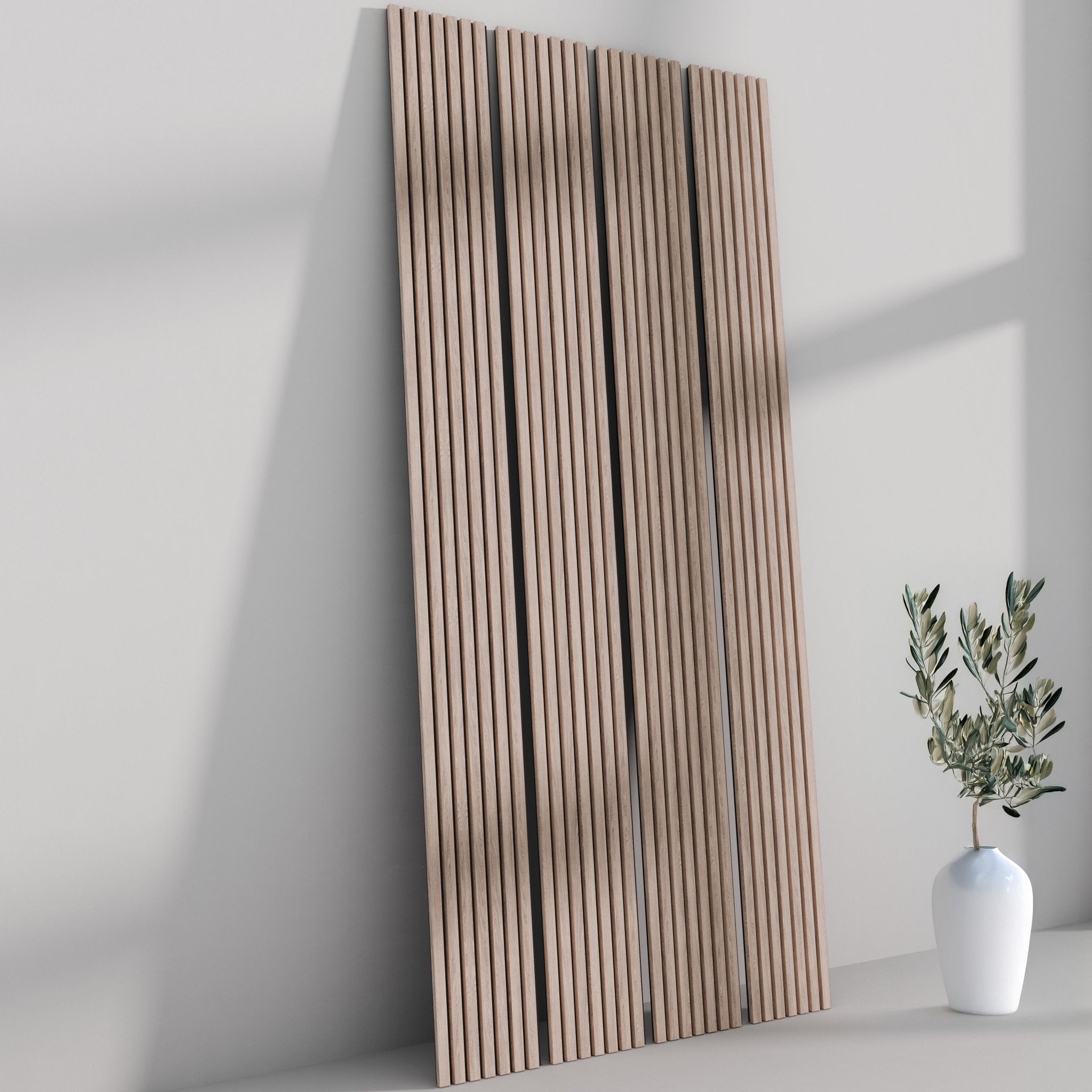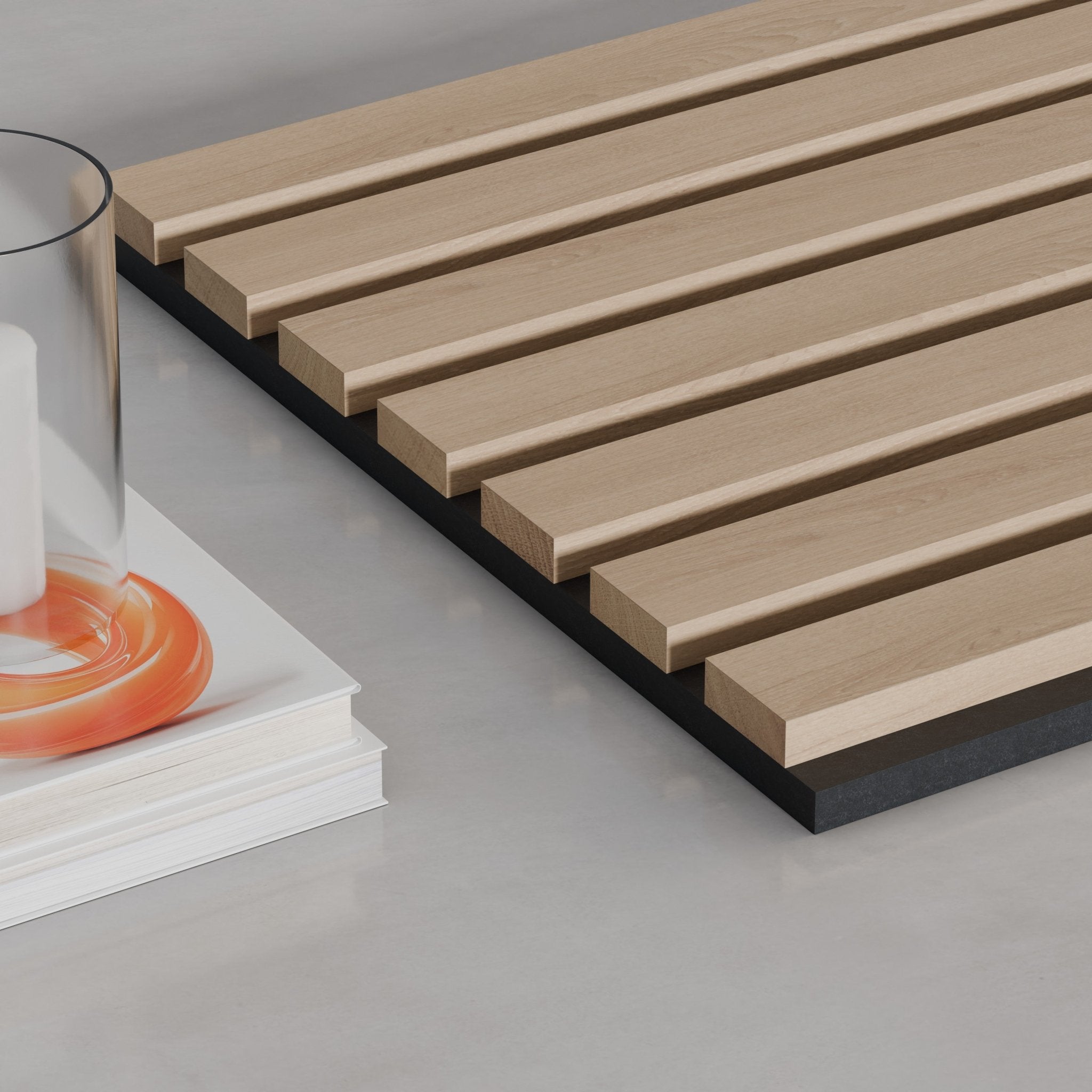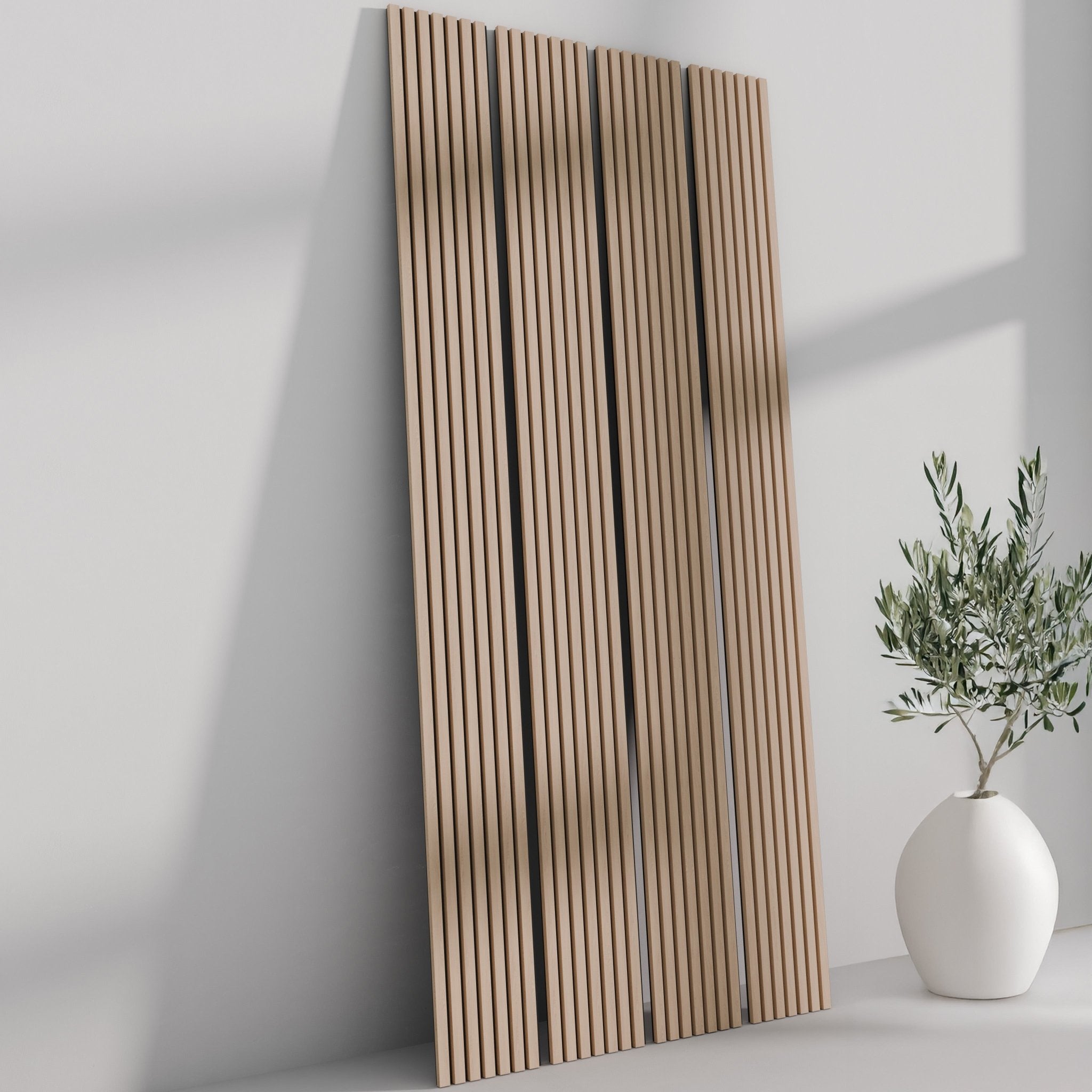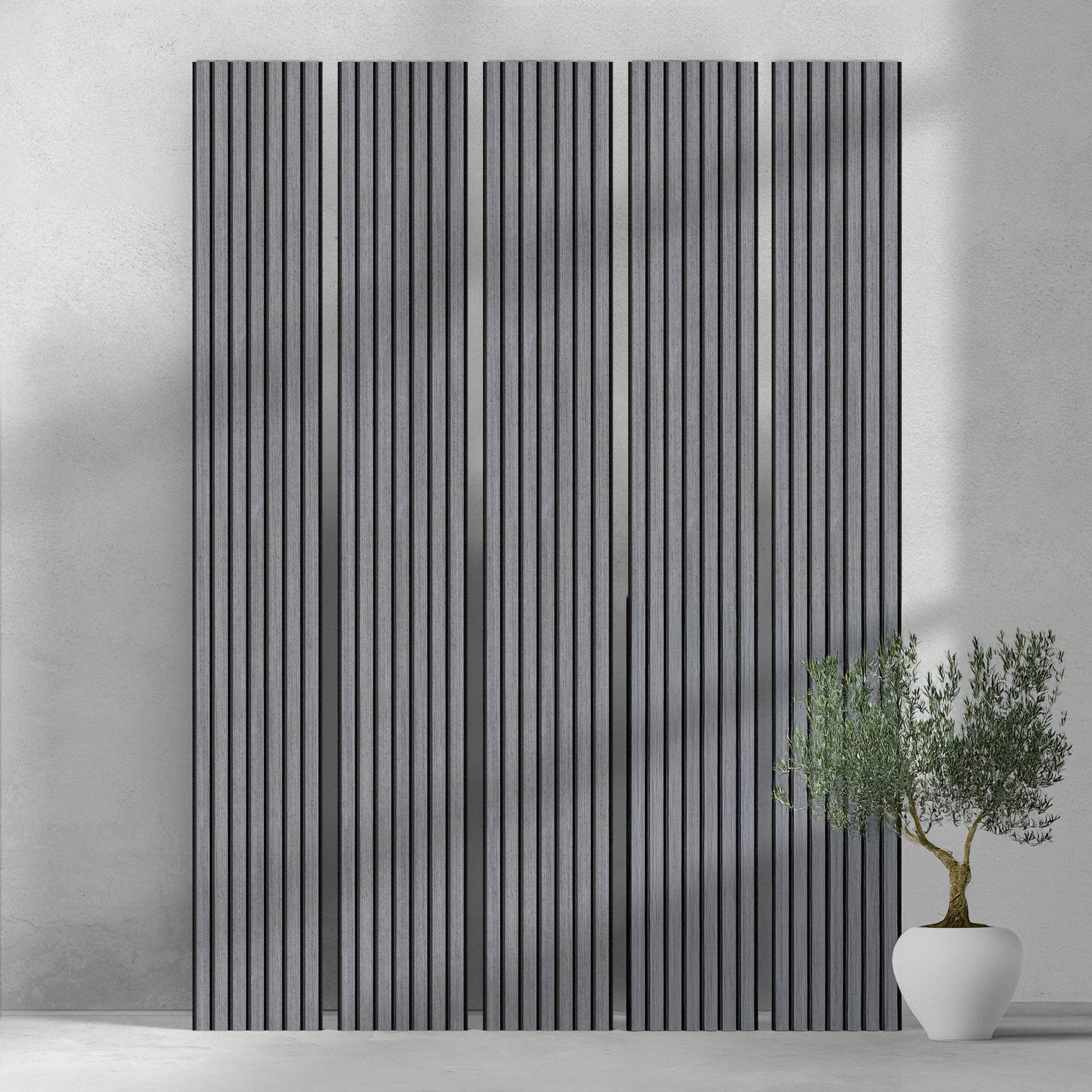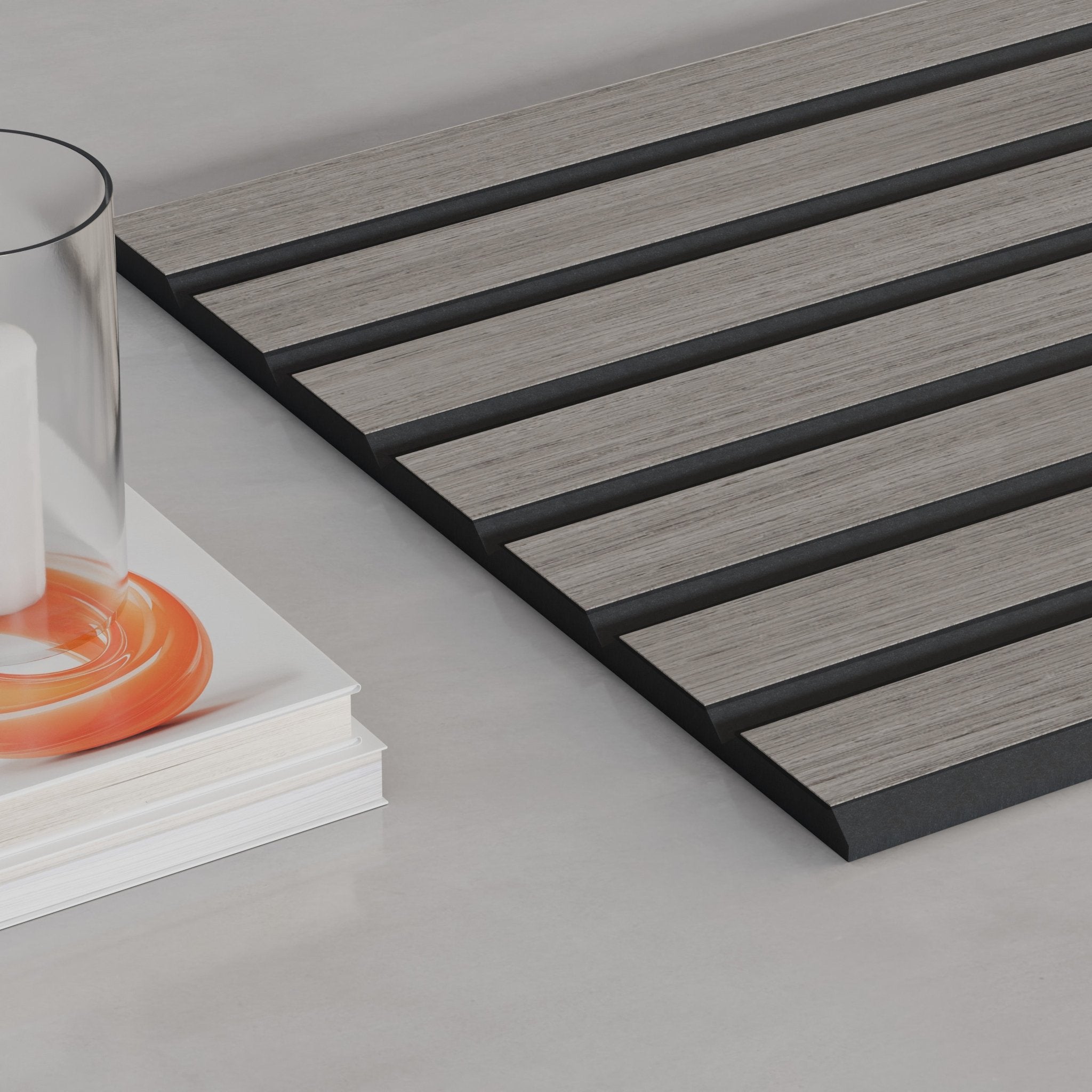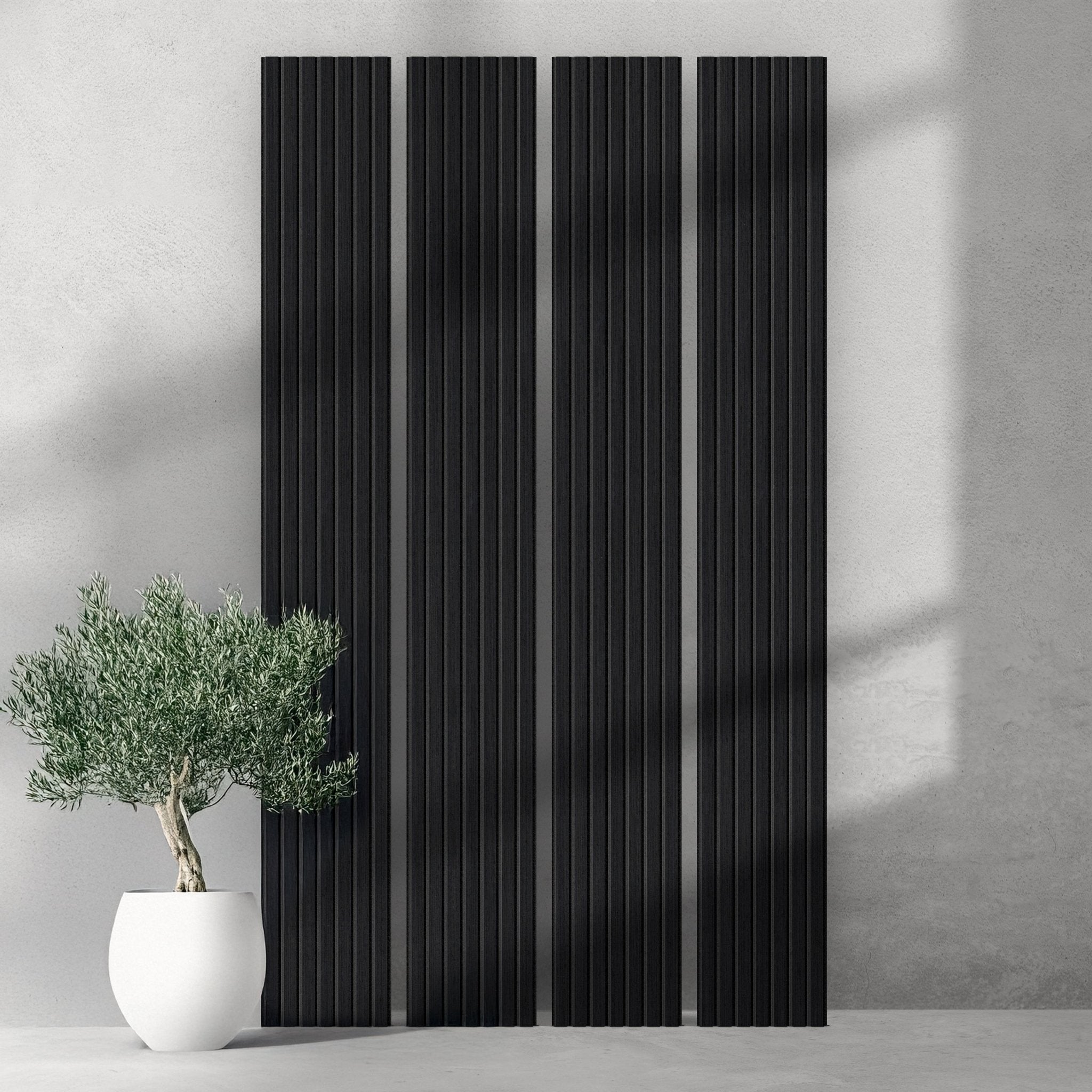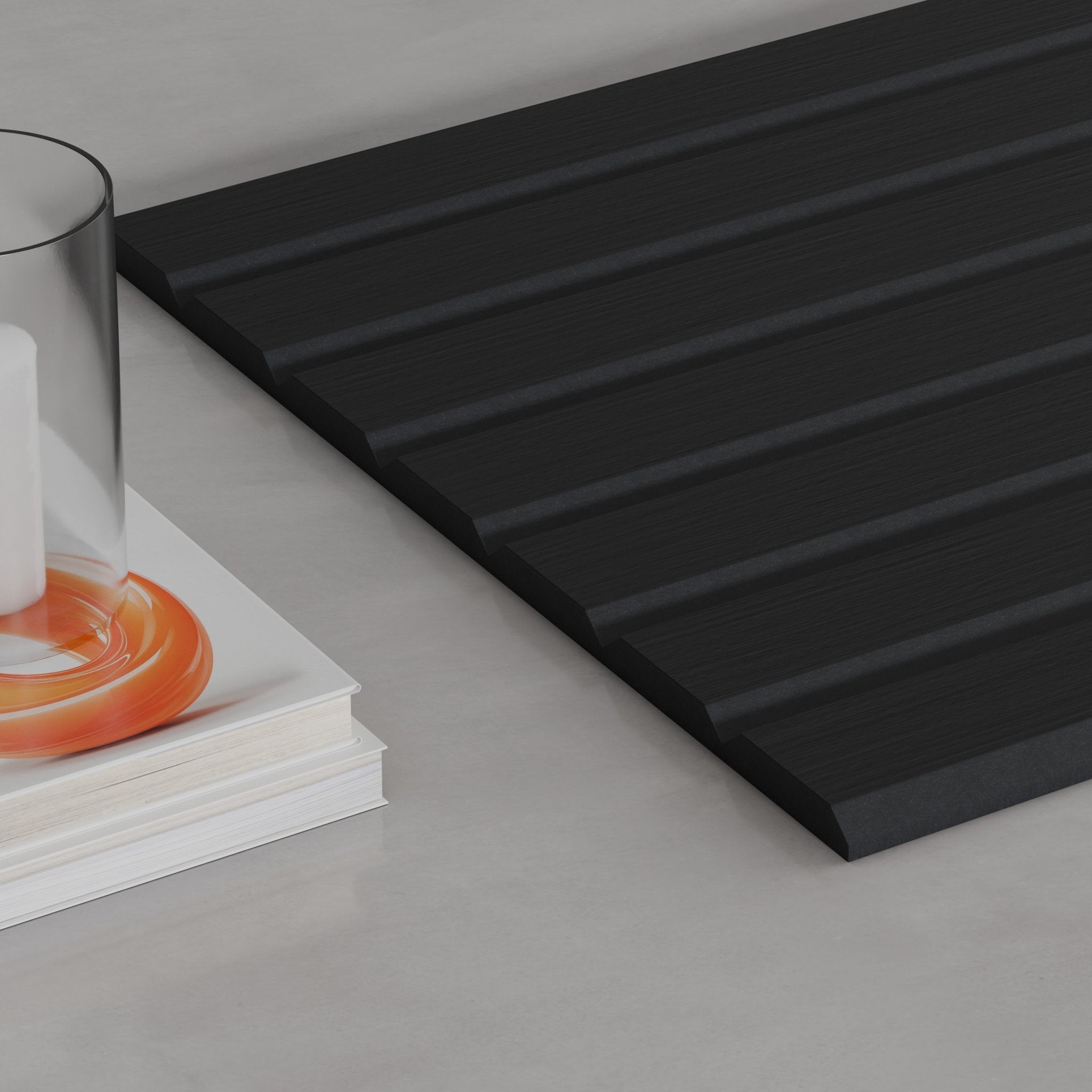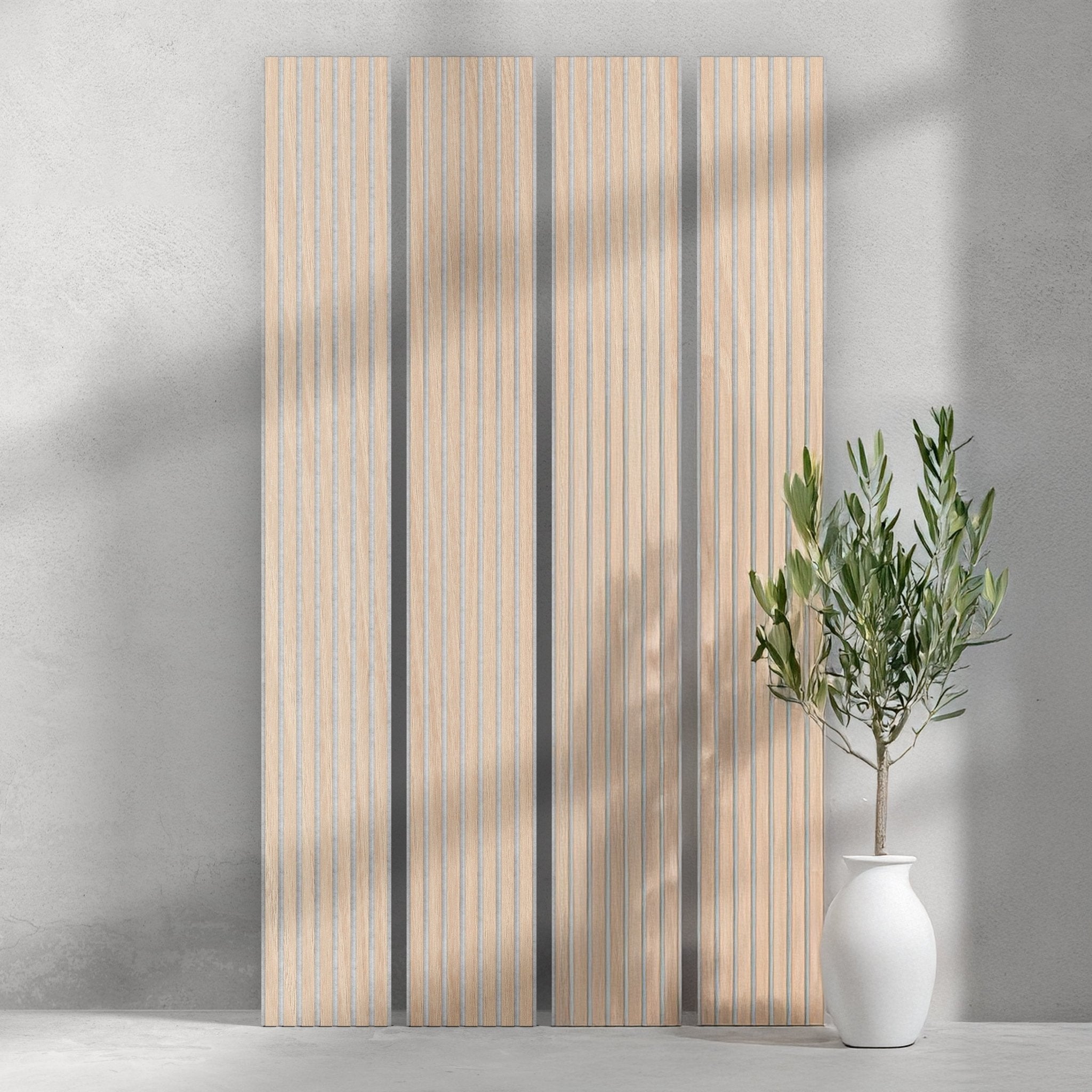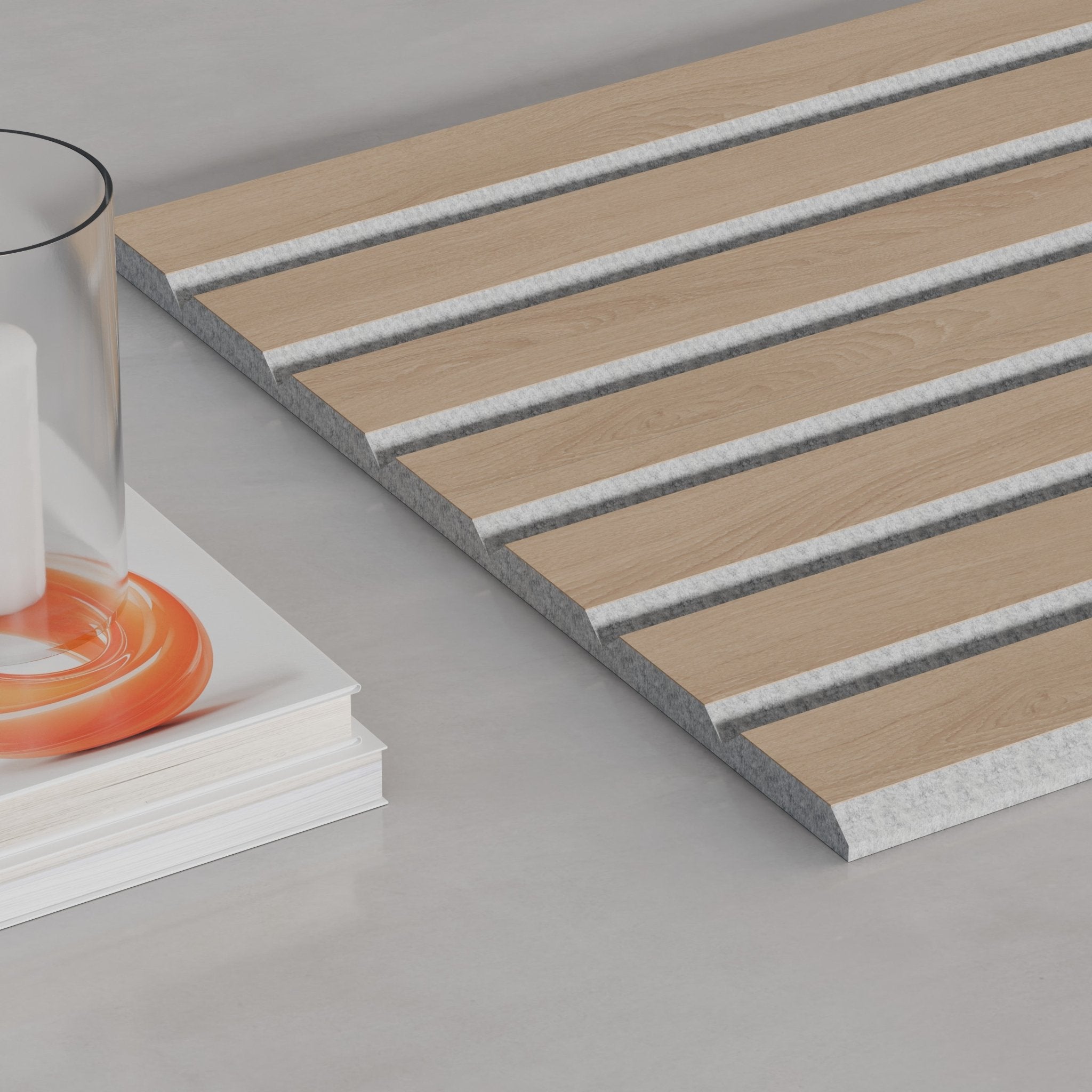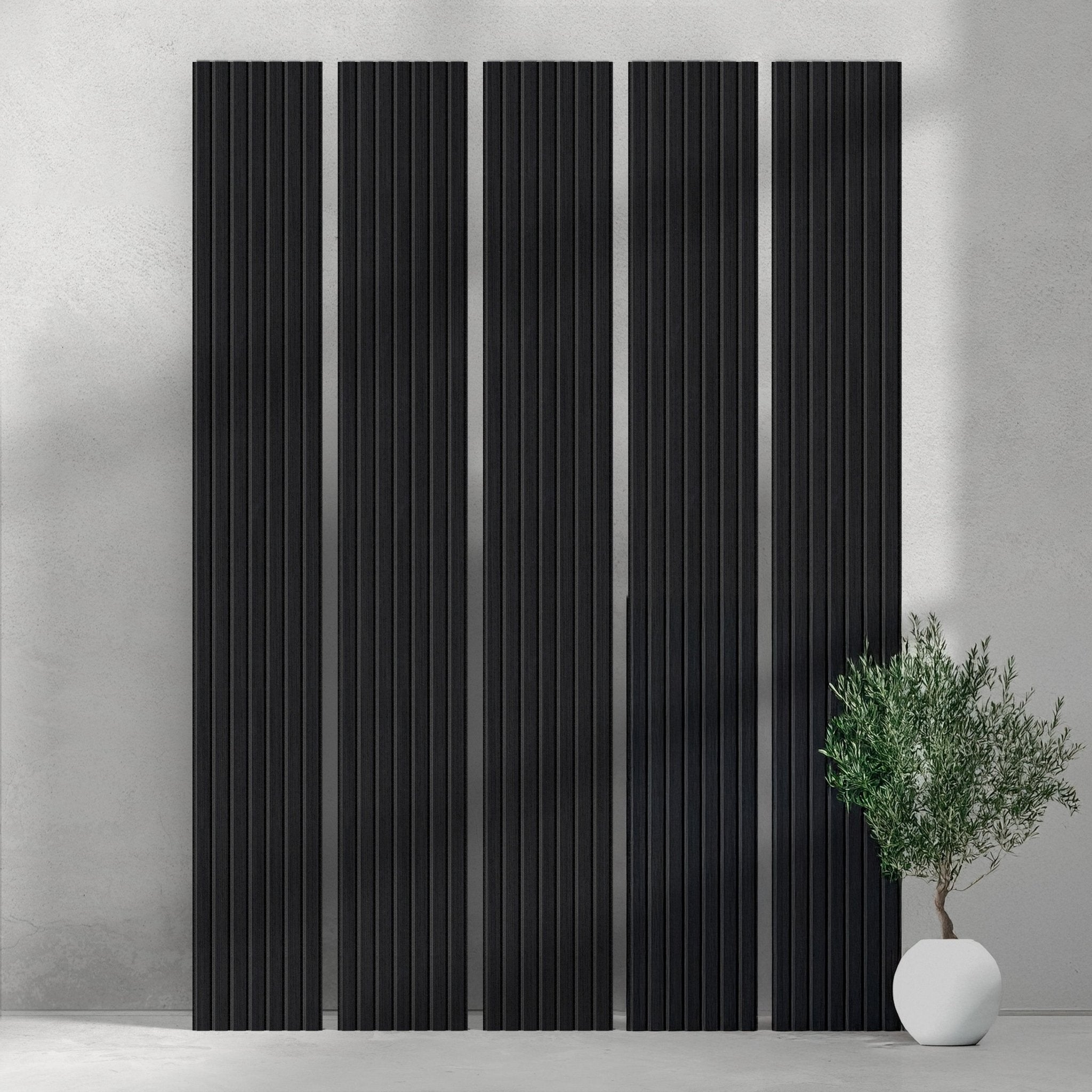Introduction
Wood slat acoustic panels are not just aesthetically pleasing; they serve a scientific purpose in improving the sound quality of a space. But how exactly do they work? This article breaks down the science behind wood slat acoustic panels, helping you understand their functionality before you invest.
The Physics of Sound
Understanding how wood slat panels work begins with a basic grasp of sound physics. Sound waves travel through air and strike surfaces, which can absorb, reflect, or diffuse the waves, affecting sound quality.
Absorption vs. Diffusion
Absorption
Wood slat panels can be designed to absorb certain frequencies of sound, reducing echo and noise. This is often achieved through porous materials placed behind the slats.
Diffusion
Wood slat panels can also act as diffusers, scattering sound waves and reducing sound focal points, creating a more uniform sound field.
Materials Matter
The type of wood used, its thickness, and the spacing between slats can dramatically affect a panel's acoustic properties.
Wood Type
Hardwoods like oak and maple are generally more reflective, whereas softer woods like pine are better at absorbing sound.
Thickness and Spacing
Thicker slats and wider gaps can enhance the panel's diffusion properties, while thinner slats and narrower gaps tend to increase absorption.
Acoustic Modeling
Advanced software can simulate how wood slat panels will affect the acoustics of a room, providing valuable insights before installation.
Frequency Response
Different designs can target specific frequency ranges, making them more effective for certain applications like music studios or home theaters.
Real-World Applications
In Restaurants
Panels can be customized to absorb the clatter of dishes while reflecting the higher frequencies of human speech, facilitating conversation.
In Concert Halls
Wood slat panels are often used to diffuse sound, providing a more even distribution of musical notes throughout the space.
Conclusion
Wood slat acoustic panels are more than just eye-catching design elements. Their structure and materials are scientifically designed to manipulate sound in specific ways, enhancing the acoustics of any room they're in. Whether you're absorbing, diffusing, or doing a bit of both, understanding the science behind these panels can help you make a more informed choice.


